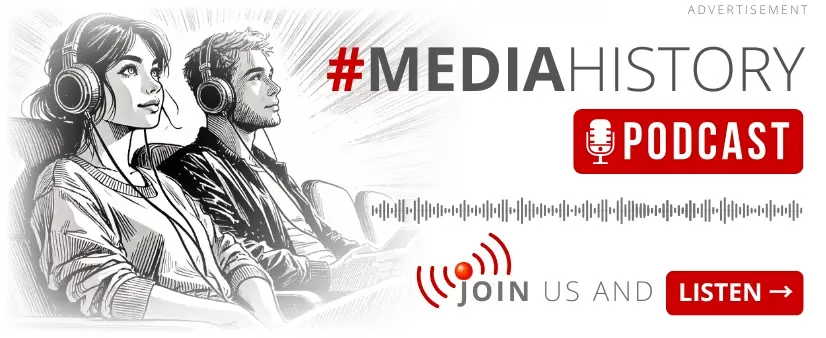 illustration: bing.com/create
illustration: bing.com/createThe latest report from No Fluff Jobs, "Ranking of Professions 2024. How Do Poles Evaluate Selected Professions?" shows that politicians and influencers are held in the lowest esteem.
- 86% of respondents believe that politicians earn too much,
- 69% say the same about influencers.
- Among professions with low social importance, influencers lead with 61% of responses,
- followed by politicians at 39%.
High-Value Professions but Low Pay
On the other hand, Poles value the importance of medical and agricultural professions.
- Doctors (80%),
- nurses (75%),
- and teachers (54%)
are considered the most socially impactful professions according to respondents. At the same time, these professions are seen as underpaid by Poles.
- 65% of respondents believe that nurses are underpaid,
- 59% feel the same about farmers,
- and 54% about teachers.
Affection and Gender Perceptions in Professions
Medical and agricultural professions are the most positively viewed. Nursing evokes positive associations in 71% of respondents, the medical profession in 66%, and farmers in 63%. The least affection is felt towards politicians (70%) and influencers (54%).
The report also highlights insights on gender perceptions in various professions. 88% of respondents consider the medical profession gender-neutral, even though, according to GUS data, nearly 60% of doctors are women. Similarly, 67% view teaching as gender-neutral, although women make up over 80% of those employed in this field. The most "male" profession, according to the survey, is farming (52%), followed by police work (46%) and programming (39%).
The No Fluff Jobs report "Ranking of Professions 2024. How Do Poles Evaluate Selected Professions?" was based on a DIY survey conducted on the Omnisurv by IQS platform from January 12–14, 2024 (CAWI). The survey was conducted with a representative sample of 1,000 working, professionally active Poles aged 18-64. The full report is available at:
https://nofluffjobs.com/insights/raport-profesja-ranking-zawodow/
COMMERCIAL BREAK
New articles in section Media industry
Advertising market 2025. Poland, Europe and the World
Marcin Grządka
The global advertising market is growing by 8.8% in 2025 and will reach a value of 1.14 trillion dollars. The industry result in Europe records slightly lower dynamics, at the level of 5.8%. In this comparison, Poland performs clearly above the average. We will record an increase of 8.9% this year and a value of 18.56 billion PLN - estimates WPP Media in the annual report "This Year Next Year".
The print media market 2025. Three global trends
Krzysztof Fiedorek
The market value is 359.53 billion dollars, yet the erosion is visible to the naked eye. The decline for newspapers will amount to -2.3 percent. Despite this, print retains strength: it generates 76 percent of subscription revenues and enjoys 82 percent consumer trust. The future of the industry is defined by hybrid strategies and niche specialization.
Journalism in the age of AI. Why people prefer humans over machines
Krzysztof Fiedorek
Only 12% of people accept news created solely by AI, while 62% prefer those written by humans. At the same time, only 19% notice labels indicating the use of artificial intelligence, while younger audiences ask AI to explain the content to them. These are the findings of the Reuters Institute report on artificial intelligence in media.
See articles on a similar topic:
How to silence fake news? Young Latinos support internet censorship
Krzysztof Fiedorek
In Brazil, a court shut down platform X, cutting off 40 million users. In Colombia, 70% of citizens want information control, and in Chile, 75% of young people support censoring fake news. Is information security replacing freedom of speech as a new trend? [STUDY]
Print Advertising in Poland. Analysis by Polskie Badania Czytelnictwa
BARD
Analysts at Polskie Badania Czytelnictwa (Polish Readership Surveys) have compiled statistical data highlighting the reach, engagement, and opinions regarding print advertising campaigns. These insights are valuable for marketers aiming to plan and optimize advertising budgets.
Books, e-books and audiobooks about the media and for journalists [LINK]
AUTOPROMOCJA Reporterzy.info
Thanks to cooperation with the Amazon, we may suggest you wide offer of great reading opportunity. Studies on the history and media market, interviews, reports and photo guides. Ordering and delivering a book now only takes a few moments. We invite you for a good lecture!
Pseudo-democracy and Media - A Few Reflections
Grzegorz D. Stunża
Every four years, citizens are served elections, which are certainly not free. Polls replace part of the electoral process, shaping opinions and voting preferences.





























